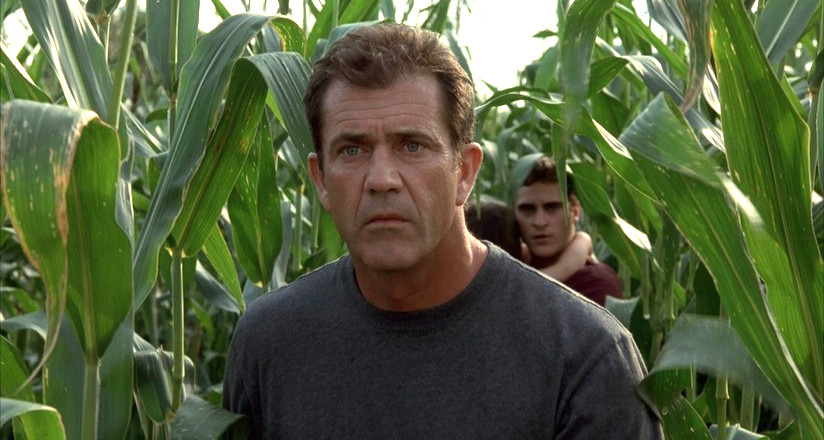
In the film industry, a movie being memorable is often even more important than it being good. For better or worse, nostalgia can have that effect on people.
While they may not always have had good results, these movies are popular because they leave a lasting impact on their audiences. Whether it excites us, scares us, or brings us back to our childhood, these are 10 bad films that nostalgia makes us love.
1. Phantom of the Opera (2004)
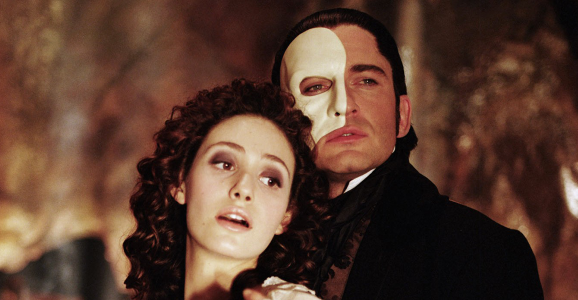
Based on the early 20th century novel turned musical, “Phantom of the Opera” tells the story of finding “beauty beyond looks,” a popular trope similar to stories like “Beauty and the Beast” and “The Hunchback of Notre Dame”.
It follows a singer named Christine Daaé who struggles to have her talents heard, until she becomes a replacement lead in a performance. She finds a mentor in the form of a masked “phantom” known in many adaptations as Erik, the angel of music. The film follows the powers of passion and empathy as Erik competes for the love of Christine.
The story has a unique telling, though it doesn’t have the strongest of plots. With events just happening without any explanation (a singer going back and forth from verbal lines to mental lines in the same phrase) and numerous plot holes (a horse rides in the sewer but isn’t explained nor does it return), the film changes most of what’s good about the play.
The phantom was intended to be a dark character whose appeal is his dominance over the theater. In the film, it’s from his manipulation of others, which changes his sympathetic intentions to more of that of a murderous stalker. For example, in the musical, the death of the stagehand can be interpreted as an open possibility that anything can happen; in the movie, it’s clear that the phantom murders him, stripping away the character’s sympathy on which the movie focuses.
The film has its moments, but is better translated if broken into acts, in the way a play. Throwing too much into the production without focusing on serving the plot makes the story overstay its welcome.
2. Space Jam (1996)
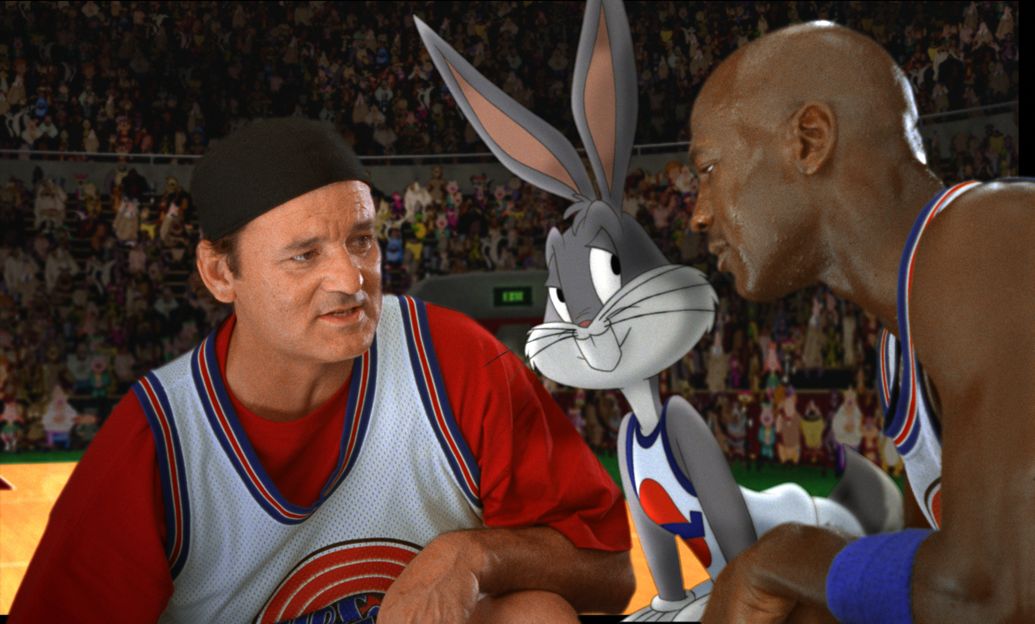
Throughout the 1990s, few names were as well known as basketball icon Michael Jordan. By mid-decade, he signed a sponsorship deal with Nike along with Warner Brothers to promote a new line of shoes and sportswear.
Sales and promotions soared when the commercials began to feature classic Looney Tunes characters alongside Jordan, inspiring “Space Jam” shortly thereafter. The story follows Bugs Bunny and friends as they attempt to save their world from aliens by playing basketball alongside Jordan.
The film in itself is one giant commercial and a marketing money-making machine. Its biggest issue is that the Looney Tunes characters all lack the humor that made them classic favorites.
They come across as more rude and mean spirited, and at times downright obnoxious. Jordan, among other basketball stars, is very stiff and uninterested throughout the film, due to them not being formally trained actors.
The film also introduces a new character named Lola Bunny who was made to appeal to young girl viewers; the character is written as a strange sex symbol who is scantily clothed and doesn’t have any interesting personality traits that add to the story.
The endorsement and marketing is what sold the movie, and in return, the film endorsed several other products. The film doesn’t necessarily do any harm , but it doesn’t leave a lasting impression to make it memorable.
3. Pokémon: The First Movie (1999)

In accordance with its mass marketing appeal from the 90s, Pokémon, or Pocket Monster, is a cultural phenomenon from Japan that garnered popularity in North America shortly after its release. Based on a video game, “Pokémon: The First Movie” follows our hero, Ash Ketchum, and his friends as they attempt to save the world from Pokémon clone Mewtwo, who attempts to destroy the world.
The film suffers from having a selective audience, meaning that only people who understand it will like it. It doesn’t give casual series fans, or people who don’t know about it, any backstory to follow, making the target even harder to hit with no sympathetic relatability, leaving many questions unanswered.
There is nothing to offer but fight scenes with the story as the background. What makes that more difficult is that for a good portion of the movie, the characters are fighting clones of themselves, which doesn’t give us a character for which to root.
The morals of the film are also confused; it adds the obvious life lesson of how fighting is wrong, which ironically goes against what the game targets, but the end finds the characters put back in time so their memories are erased, making the “fighting is bad” moral completely irrelevant to the story.
4. Jingle All The Way (1996)
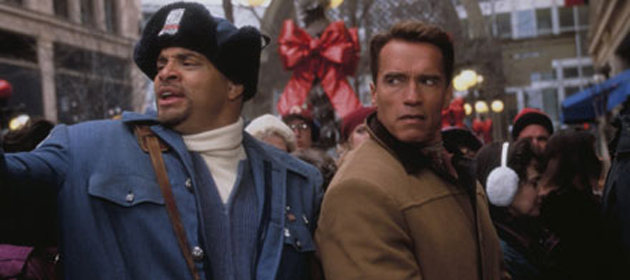
To many filmgoers, Arnold Schwarzenegger is the definitive king of action films. However, throughout the late 90s, he was marketed into family films due to his mass appeal. “Jingle All The Way” is a family holiday film based on the drama of mass-produced toys being sold out during the holiday season. It follows Howard Langston (Schwarzenegger), a neglectful father who goes through obstacles to get his son the hottest selling toy of the year, “Turbo Man.”
If this film wants to teach us anything, it is that “materialism means everything and brings us together,” going against the more often used holiday message “family is more important than gift giving.” Every character in the film comes across as materialistic, arrogant, and greedy.
The film even has inappropriate themes such as violence and terrorism (a present is opened containing a bomb). It goes as far as chasing a kid to near-death scenarios for an action figure. Materialism also services the neglectful dad, when the film ends on the line: “I don’t need the doll, I have the real turbo man at home,” when it is unveiled that Howard accidently becomes the hero.
There is no resolution to Howard’s actions, making the sequences pointless and making the film go against everything Christmas is all about.
5. It (1990)
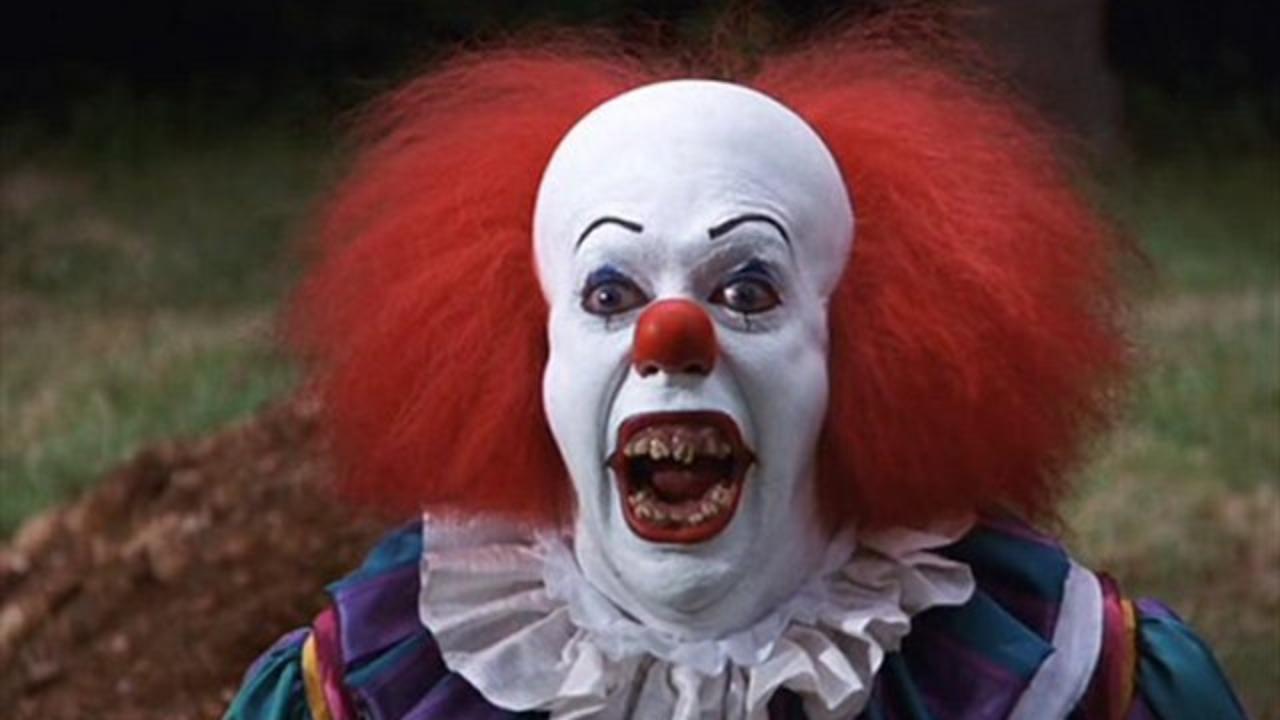
Stephen King is one of the most well-known writers the horror genre has ever produced. With cult hits like “The Shining” and “Christine”, he is one of the definitive writers in horror. So with the introduction of the television mini-series “It”, expectations were high. The story follows a group of kids in a small town in Maine who are being tormented by physical and psychological attacks from an extraterrestrial being that takes the shape of a clown.
The film suffers from a wonderful setup with a disappointing payoff. Focusing on a melodramatic cliché that often finds itself in his work, each character has a checkered past, ranging from verbal to physical abuse. One of the most criticized parts of the film is the backstory of the monster (often referred to as Pennywise). There aren’t any details on the creature nor where it came from, only stating how it feeds every 30 years.
The pattern of scare moments from Pennywise get very predictable as well; the character shows up, says something creepy, shows his teeth, and the kids run away. There’s no indication why this group of kids are so important when there are many chances for Pennywise to kill them. There is also no explanation as to why the creature comes back to feed.
The film states that it’s because an “old man didn’t help” when one of the girls was getting bullied, but there’s no evidence as to why this happened. Pennywise assumes his true form, a giant spider, at the end and is ridiculously easy to take out by a single hit from a slingshot. The series clocks in at around three hours just to unveil the disappointment. It has lots of buildup, but ends on a terrible letdown.